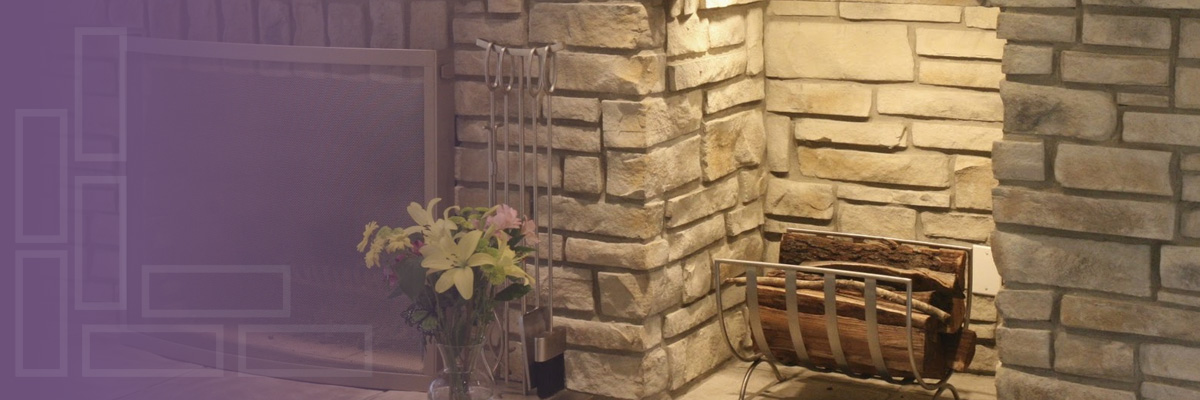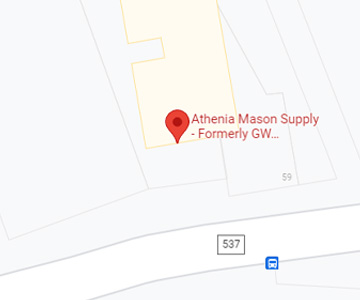CULTURED STONE VENEER

Manufactured stone veneer is made by pouring a liquid mixture of Portland cement and iron oxide pigments into realistic looking stone molds. Once formed, each “stone” can be set into mortar in the same way as natural stone. Since stone veneer is mass produced, the cost is slightly lower than natural stone veneer. The concrete also makes manufactured stone veneer lighter than its natural counterpart.
Athenia Mason Supply proudly carries several lines of manufactured stone veneer for you to choose from, by companies like Boral and Dutch Quality Stone. Contact an Athenia Pro today to discuss your project!

CULTURED STONE BY BORAL
The original stone veneer. Cultured Stone veneer creates an immediate and lasting impression of permanence and beauty to bring your vision to life.

PROSTONE BY BORAL
Boral ProStone recreates the look of natural stone, giving you the lasting beauty and authenticity of stone at an affordable price.

DUTCH QUALITY STONE
Dutch Quality Stone, located in the heart of Amish country (Wayne County, Ohio), has perfected the process of creating incredibly vivid, manufactured stone products.

NATURAL STONE VENEER

Natural stone veneer is made from a harvest of real stone, that is gathered and processed from rock quarries. The individual stones are set together in mortar to form a single stone-sized section that, when placed together, creates a seamless stone veneer surface.
Athenia Mason Supply proudly carries several lines of natural stone veneer for you to choose from, by companies like R. Stone, Rolling Rock, Halquist, Rock-It, and STONEHENGEus. Contact an Athenia Pro today to discuss your natural stone veneer project!
R STONE COMPANY
At R Stone, their expert craftsmen have been harvesting and cutting stone for over 15 years. From quarries, mountains, fields and woodlands, they select only the best New England has to offer – 100% native natural stone.
HALQUIST STONE
Natural stone is more than rock people build with, it’s naturally elegant, pure, and a solid indication of your personality. Using Halquist natural stone presents an authentic image to others and cultivates a deeper form of integrity.
ROCK-IT NATURAL STONE
Rock-It Natural Stone, Inc. is located in Wister, Oklahoma. Their stones come from 23 different quarries in 3 different states (including Oklahoma & Arkansas). With a large stone selection and a color combination unique to the mid-west, the possibilities are endless!
ROLLING ROCK REALSTONE VENEER
100% natural thin stone veneer. Made in Pennsylvania USA. Packaged for ease of sale and transport. Two distinct series provide both price and architectural value. Simply choose!
STONEHENGE US
STONEHENGEus has quickly grown to become one of the largest importers of stone in the country. Their wide range of products will help you build the home of your dreams.
NATURAL STONE VENEER PANELS

Similar to natural stone veneer, these panels are made from real stones. Stone veneer panels are formed into sections that combine the durability of real stone with the ease of installation of thin stone veneers.
Athenia Mason Supply proudly carries natural stone veneer panels from MS International and RealStone Systems. Contact an Athenia Pro today to discuss your next project!
MS INTERNATIONAL INC
Stacked Stone Ledger panels are trimmed pieces of natural stone affixed together to form modular dry stacking stone veneer panels. Stacked Stone ledger panels can be used on the façade of a home to enhance the appeal, outside to showcase a barbecue island, on a backsplash to spruce up a kitchen or inside to beautify an interior wall.
REALSTONE SYSTEMS
Natural Stone veneers from Realstone Systems combine the timeless beauty and durability of real stone with the ease of installation of thin stone veneers. Made of reclaimed and recycled natural stone, their products are ideal for interior or exterior wall cladding, stone flooring, fireplace stone and outdoor kitchen projects.
REQUEST A QUOTE
Submit the form below, and an Athenia Pro will contact you with a quote!
DELIVERY & LOCATIONS
DELIVERY
Our mason supplies are available for delivery to commercial and residential job sites across New Jersey, New York, Pennsylvania, and Connecticut. For bulk orders, delivery outside New Jersey can be arranged.




